Linux users frequently want to execute Windows software on Linux, but Windows users may want to execute Linux software, too. Whether you’re searching for a enhanced development environment or hefty command-line tools, you can execute Linux software without departing Windows.
There are several different choices for executing Linux software on Windows. It’s simpler than executing Windows software on Linux, as anybody can assemble a virtual machine with a free Linux distribution which means no necessity for software licenses.
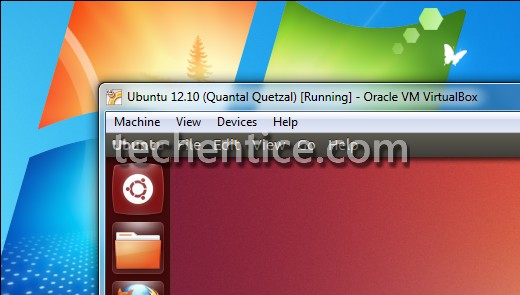
Virtual Machines
Virtual machines permit you to execute any operating system in a window on your desktop. You can install the free VirtualBox or VMware Player, download the ISO file for a Linux distribution such as Ubuntu, and install the Linux distribution within the virtual machine like you would install it on a standard computer. When you necessitate to boot up your Linux system, you can perform it in a window on your respective desktop — no necessity for rebooting and leaving behind all your Windows programs. All but needing games and enhanced 3D effects should do just fine, but you probably won’t want to utilize those, in any case.

Cygwin
Cygwin is an aggregation of tools that provide a Linux-like environment on Windows. It’s not a procedure to execute prevailing Linux software on Windows, the software will have to be recompiled. Nonetheless, many types of software have already been recompiled. Cygwin will provide you a Linux-oriented terminal and command-line environment with several of the command-line programs you might already be used to. You can also utilize Cygwin to install an OpenSSH server and obtain SSH access to a Windows system.
This solution is idealistic for users lacking crucial Linux utilities on Windows; it’s surely not a procedure to execute a full Linux desktop.
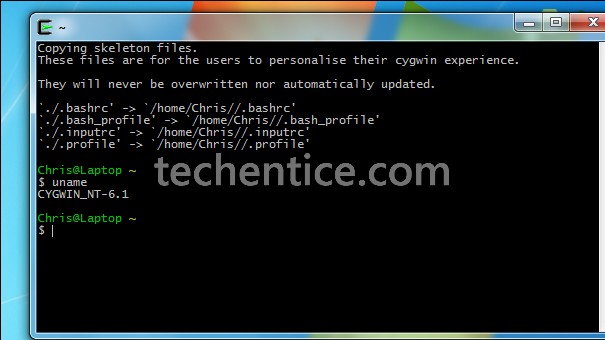
Install Ubuntu via Wubi
This procedure is technically installing Linux, not executing Linux software on Windows. It demands you to reboot every time you want to use your Linux system just as if you had put it in a touchstone dual-boot config. However, Wubi does not install Ubuntu in the regular way. Rather, it makes a peculiar file on your Windows partition and utilizes that file as your Ubuntu drive. This intends that you can install Ubuntu and use it without any segmentation and you can remove Ubuntu from the Windows Control Panel when you’re finished. If the segmentation facets are what are booking you back, give Wubi an attempt. Functioning won’t be quite so as good as a generally installed Linux system when it arrives to disk read and write instances, but it should be quicker than a virtual machine.

Ported and Compiled Programs
Many general Linux programs have already been turned to Windows and compiled versions are available online. If you actually miss Emacs, you’ll discover that editions of Emacs for Windows. If you want to execute a particular program on Windows, do a Google search for the name of that program and “Windows” and there’s a high probability you’ll discover an edition of the program that ‘s been transfered to Windows.
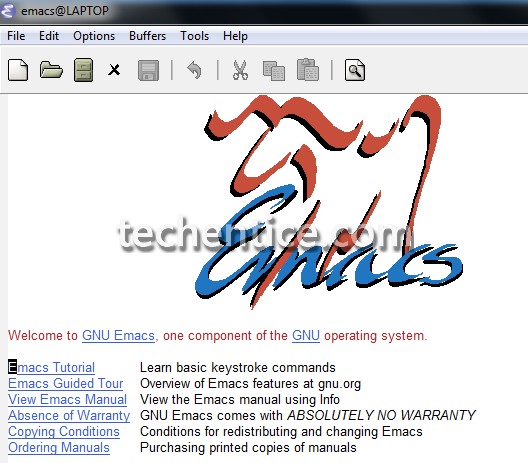



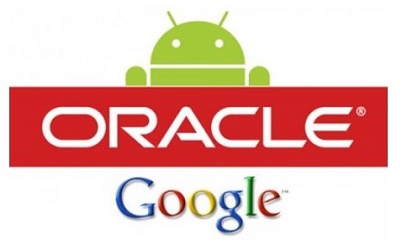
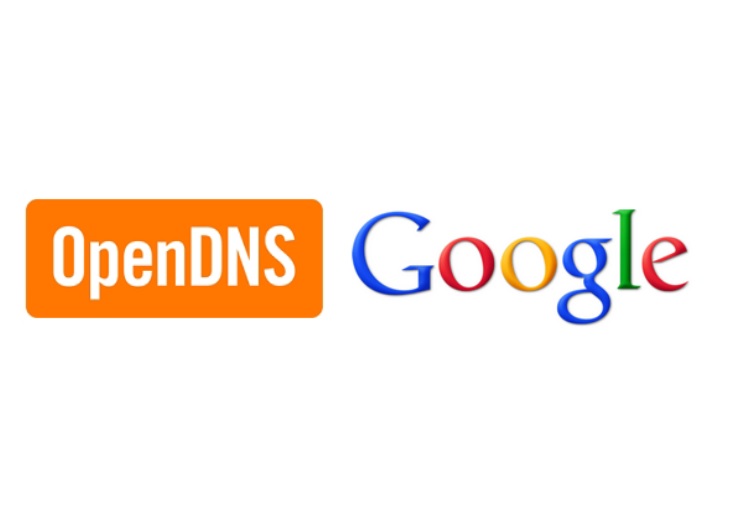
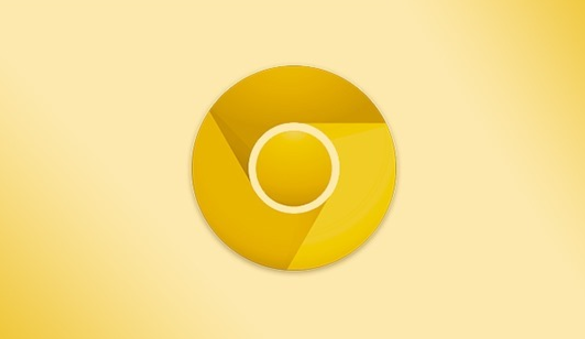
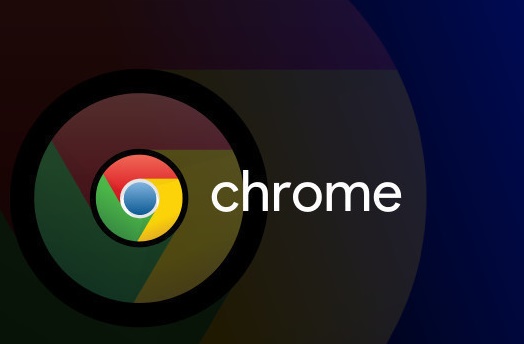
Leave a Reply